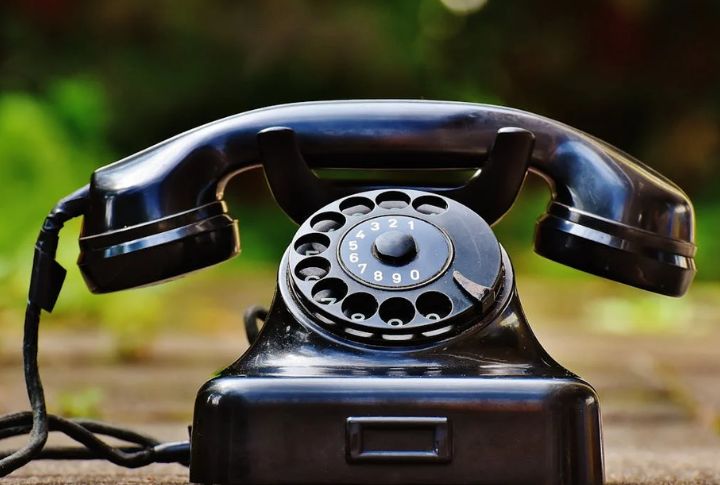
Small-town homes in the 1970s radiated a charm woven into every corner of those homes. The unforgettable household staples and timeless decor filled these spaces with warmth and a strong sense of community. Let’s rewind the clock and explore the must-haves that gave every 1970s household its signature warmth and charm.
Wood Paneling Walls
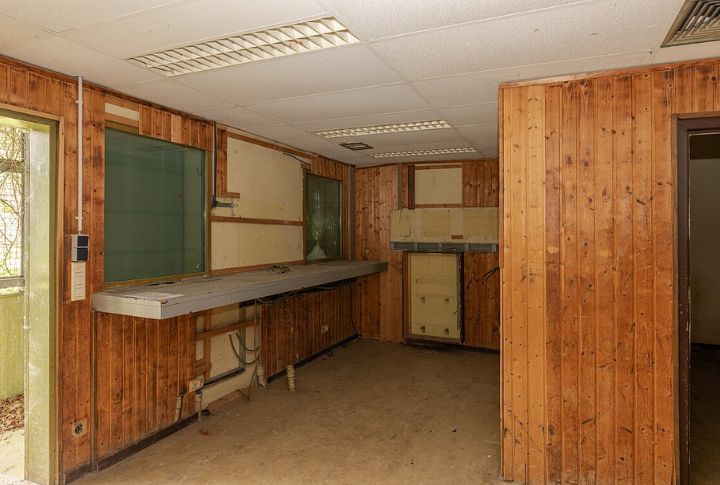
Most panels weren’t real wood, but they looked the part if you didn’t look too close. Vertical grooves made small rooms feel taller, at least in theory. The colors stayed in the brown family—walnut, pecan, fake oak. Over time, fading left outlines where furniture used to sit.
Tupperware Sets

Tupperware was prized for its airtight seal and satisfying “pop” when closed. The plastic containers came in pastel shades and became a staple in kitchens. Sets were often proudly displayed in cabinets, their matching shapes making storage easy. Each piece promised order and freshness.
Rotary Dial Telephone
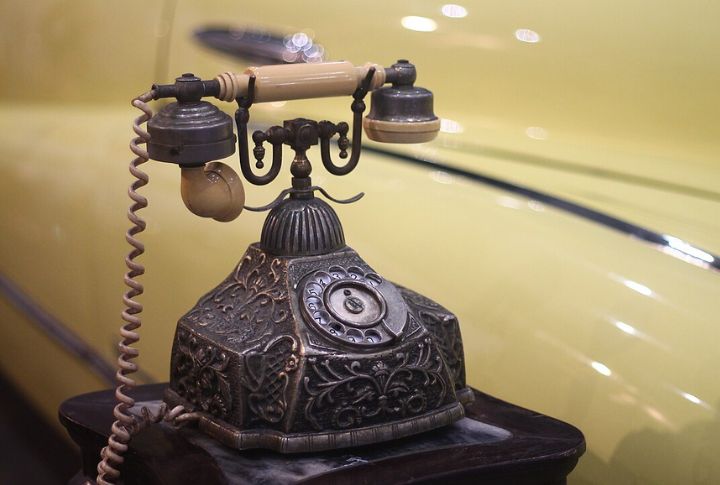
It was slow but fun, and the clicking sound became part of everyday life before buttons and screens took over. Making a call meant spinning each number and waiting for the dial to return. Kids loved racing to see who could dial fastest—even if it never actually sped things up.
Shag Carpets

In small-town houses, shag carpets were more than flooring—they were fashion statements. Every inch of thick pile showed off colors that dared to be noticed. Cleaning them was a job, but no one minded. Their plush texture and retro vibe made rooms feel cozy and colorful.
Macrame Wall Hangings
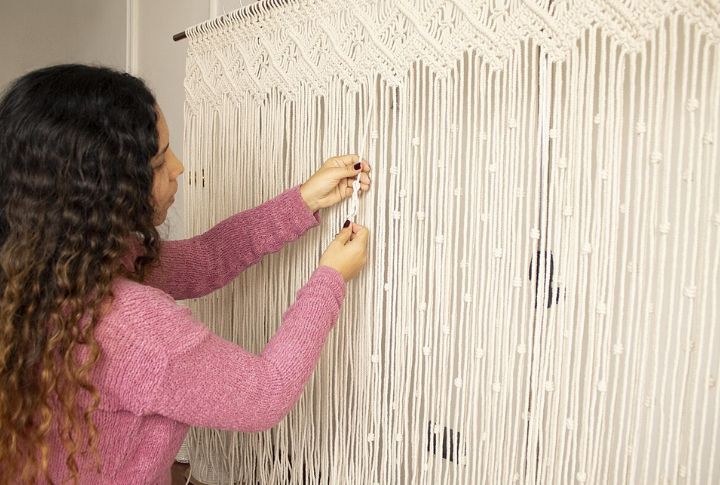
Made by tying lots of knots, macrame decorations were hung on walls and doorways. They used thick string and had a soft, handmade look. People loved making them, and classes popped up everywhere. They added a calm, natural feel to rooms and are still popular in homes today.
Wood-Burning Stoves
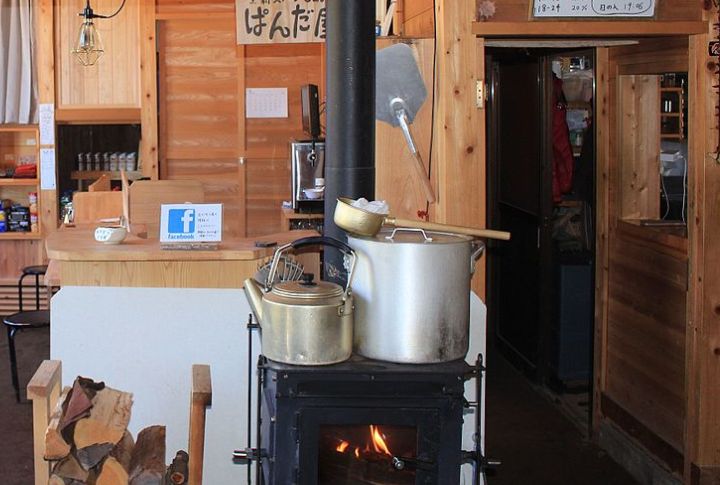
Big iron stoves burned logs to heat homes. Families sat close to stay warm, especially after heating costs went up. The crackling fire and smell of wood made the rooms feel safe and cozy. In winter, the stove brought both physical heat and a sense of emotional warmth to the household.
Coffee Percolators
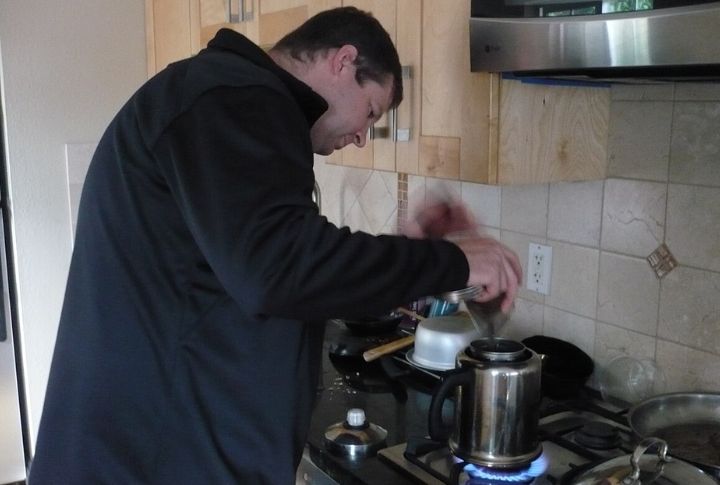
Before drip machines took over, kitchens hummed with the sound of percolators. The coffee tasted stronger, darker, and somehow more comforting. Every refill felt earned. In small towns, a percolator meant mornings had rhythm, and coffee came with stories and sleepy greetings.
Popcorn Ceilings
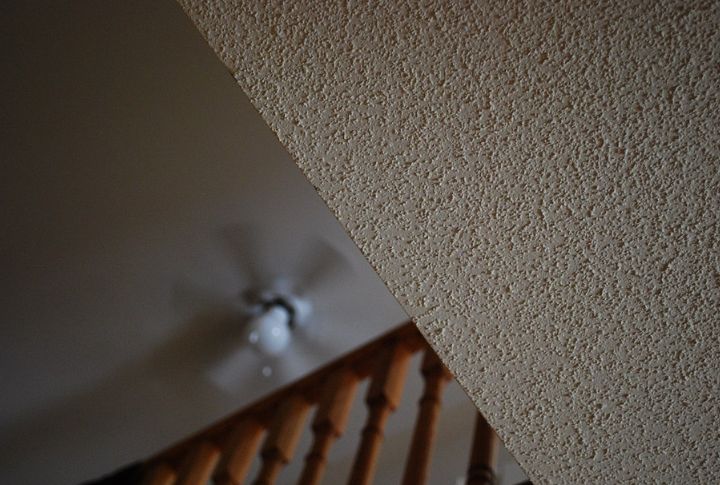
To save time and skip the sanding, builders sprayed textured material onto ceilings to cover imperfections and dampen noise. This finish, known as popcorn ceiling, did the job quickly, but some formulas included unsafe materials. As awareness grew, many removed them, which marked a shift toward sleeker ceilings.
Waterbeds
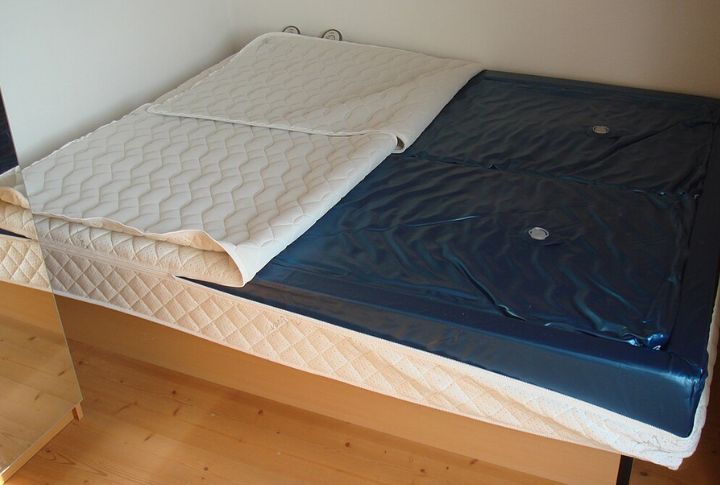
Waterbeds use fluid support to reduce pressure points, making sleep feel weightless. Although filling them took time, and leaks were a worry, they were super cool. That gentle, wavy texture drew everyone in, and they became a symbol of modern style and comfort.
Aluminum Ice Trays
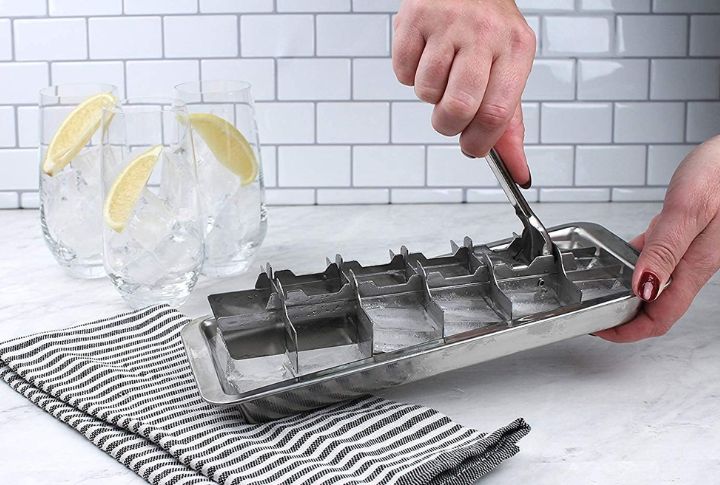
Aluminum ice trays waited in the freezer, their metal levers ready to crack frozen cubes free. Sometimes they stuck, but that sharp snap was oddly satisfying. It became part of the kitchen’s soundtrack—a small, shared moment that brought a bit of joy to everyday family routines.
Wall-To-Wall Mirrors
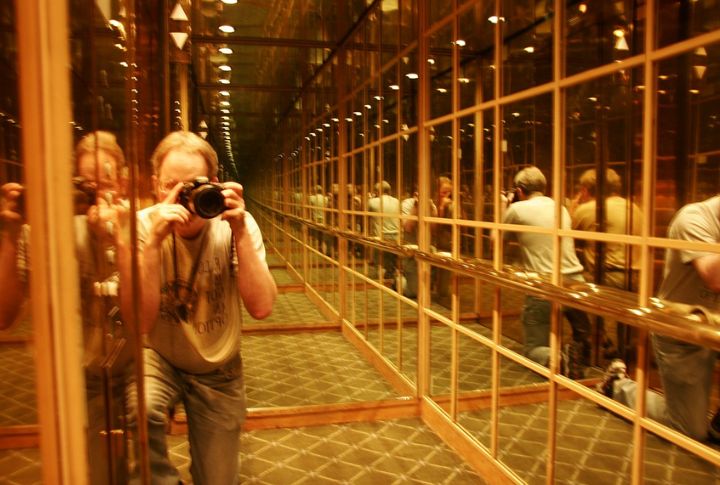
Huge mirrors stretched across walls to create the illusion of space and light, especially in dining areas and hallways. Some had a soft tint that gave a warm glow. Back then, they added a fancy touch and made small spaces feel more open, shiny, and full of light.
Metal Wall Sculptures
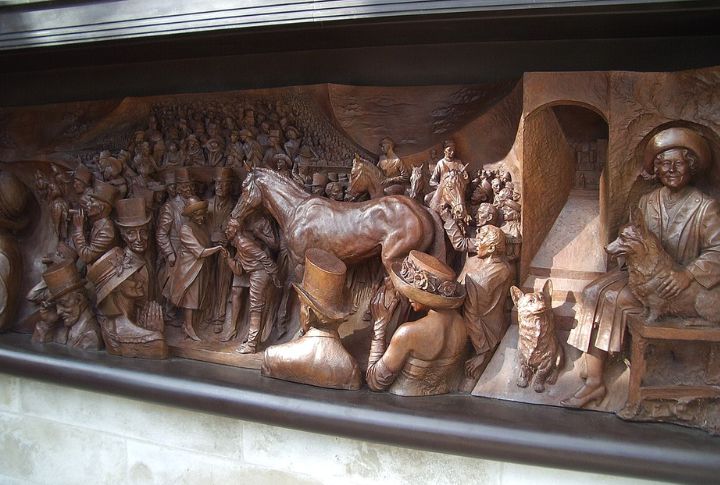
Homes had metal art showing birds or cool shapes instead of pictures. Made of shiny brass or copper, they caught light and added style. Some were handmade, others bought in stores. Their 3D effect made everyday rooms feel more expressive and gave flat walls a new kind of presence.
Butterfly Chairs

These chairs had metal frames and soft covers that folded flat. Easy to move and store, they looked relaxed and fun. Teens loved them in bedrooms and on patios. Inspired by old army chairs, they were perfect for chilling out and added a cool vibe to any space at home.
Ruffled Kitchen Curtains
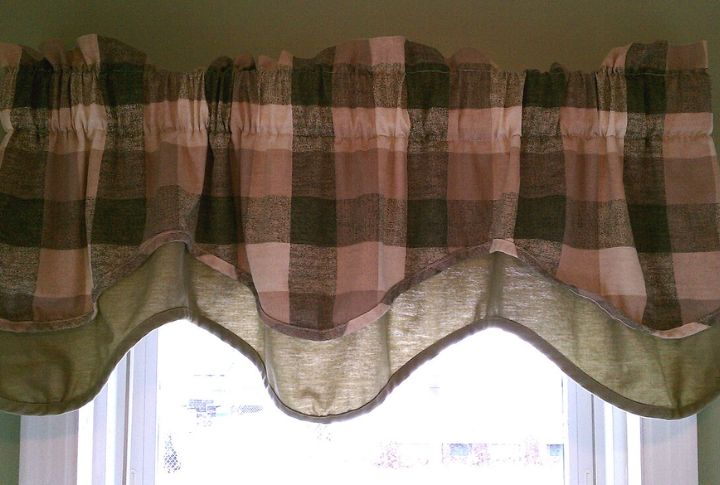
Curtains with soft edges and fun prints like flowers or checks made kitchens feel cheerful. Light curtains fluttered at the window, occasionally echoing the dining setup. They added a warm, homey touch to a space that was usually all about cooking.
TV Guides On The Coffee Table
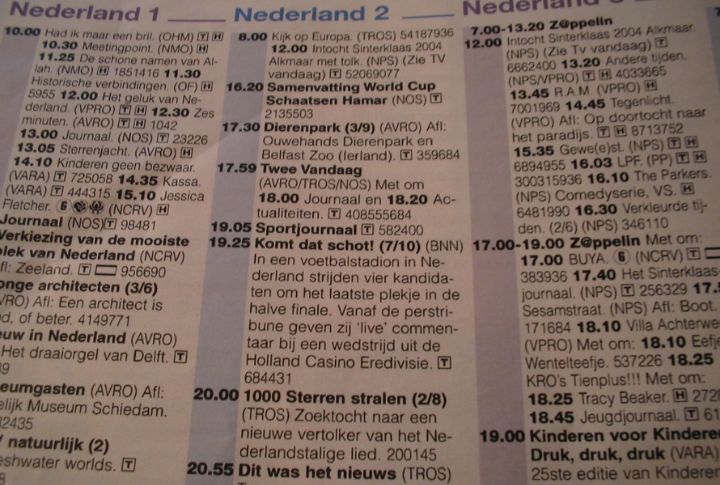
TV Guides showed what was on each week. Families circled favorite shows and planned evenings around them. Stacks of magazines or books sat on coffee tables. It once topped the charts as the most-read magazine and proved just how deeply TV became part of daily routines.
Electric Table Fans
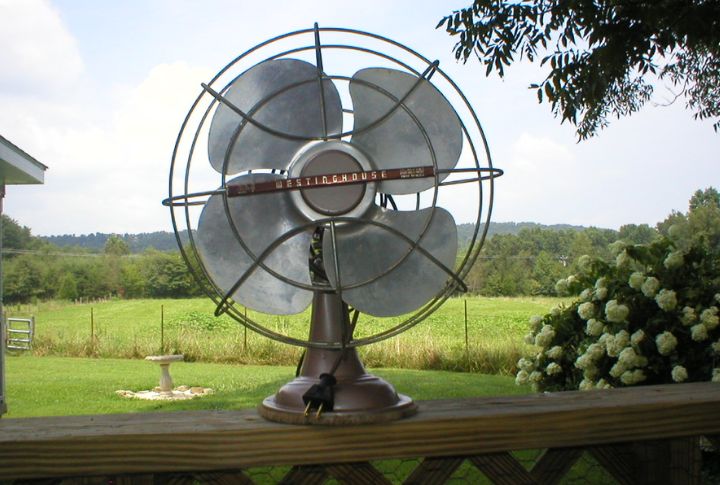
Fans with metal blades and wire cages stood by windows and brought relief from the summer heat. Over time, brands like Galaxy became collector favorites. Back then, the breeze and sound made summer days more comfortable and added rhythm to daily life.
Embossed Glass Light Fixtures

Ceiling lights had glass with patterns that made shadows when lit. Some had brass or wood parts and gave off a soft glow. Families moved them onto porches and turned them into decorative pieces that added a gentle, ambient glow to outdoor spaces.
Console TV Sets
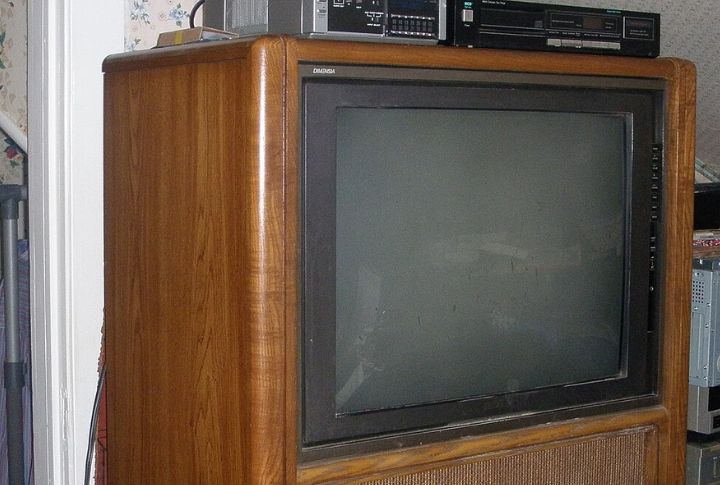
Console TVs were built into sturdy wooden cabinets and blended in with other furniture. Changing channels meant twisting a dial by hand. Some models included radios or record players. These sets became part of the background—always there during weekend cartoons, evening news, and the occasional late-night movie.
Wrought Iron Fireplace Tools

Fireplaces had matching tools like pokers and brushes with curly handles. They helped keep the fire going and looked nice, too. Cleaning them was a yearly job. Built strong and made to last, they were passed down and became part of family traditions.
Record Players

In a 1970s home, music flowed from spinning vinyl records, played on stylish record players that often took pride of place in the living room. The needle had to be gently lowered onto the grooves, and scratches could easily disrupt a favorite tune—so records were treated with care.

